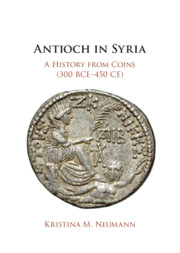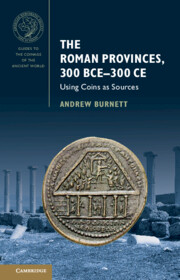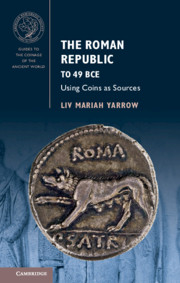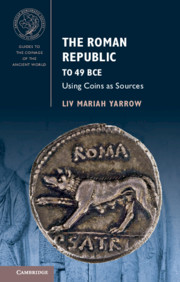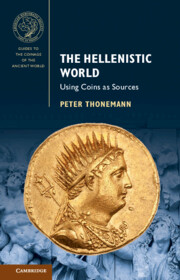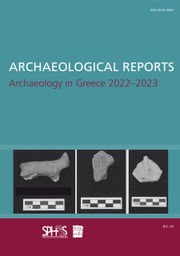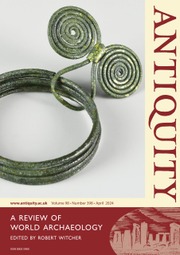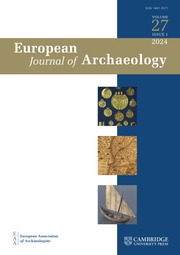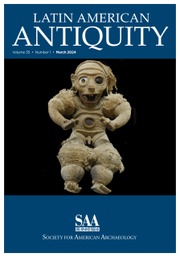Antioch in Syria
Antioch in Syria critically reassesses this ancient city from its Seleucid foundation into Late Antiquity. Although Antioch's prominence is famous, Kristina M. Neumann newly exposes the gradations of imperial power and local agency mediated within its walls through a comprehensive study of the coins minted there and excavated throughout the Mediterranean and Middle East. Patterns revealed through digital mapping and Exploratory Data Analysis serve as a significant index of spatial politics and the policies of the different authorities making use of the city. Evaluating the coins against other historical material reveals that Antioch's status was not fixed, nor the people passive pawns for external powers. Instead, as imperial governments capitalised upon Antioch's location and amenities, the citizens developed in their own distinct identities and agency. Antioch of the Antiochians must therefore be elevated from traditional narratives and static characterisations, being studied and celebrated for the dynamic polis it was.
- Demonstrates the efficacy of applying a digital perspective to old evidence and outstanding historical questions
- Interrogates coins as an index of political, financial, and social change and situates this evidence within its broader historical context
- Investigates the complex relationship between a conquered city of the Middle East and its imperial rulers
Reviews & endorsements
'Kristina M. Neumann's book is exceptionally well grounded in the original and secondary sources for its history, as well as in the evidence provided by epigraphy and archaeology. Moreover, she provides a noteworthy aid to future such undertakings by sharing the data …' Alan Stahl, Bryn Mawr Classical Review
Product details
September 2021Hardback
9781108837149
376 pages
250 × 175 × 29 mm
0.91kg
104 b/w illus. 53 maps 27 tables
Available
Table of Contents
- List of figures
- Chronology of rulers
- Acknowledgements
- List of abbreviations
- Introduction
- 1. Counting change
- 2. Imperial beginnings (300–129 bce)
- 3. Imperial transitions (129–31 bce)
- 4. Provincial negotiations (31 bce-192 ce)
- 5. Imperial creations (192–284 ce)
- 6. Imperial city (284–450 ce)
- Conclusion
- Appendix 1 – S methodology for digitally analyzing coin finds
- Appendix 2 – list of excavation reports
- Appendix 3 – coin hoards with antioch coins
- Bibliography
- Index.

